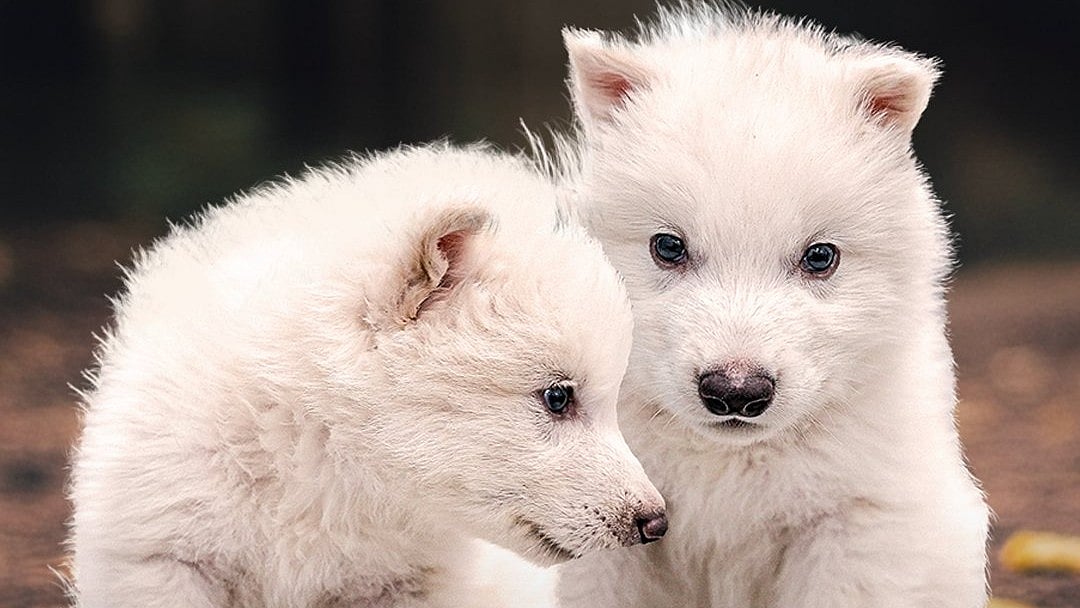In a groundbreaking announcement, a team of researchers have achieved what was once the stuff of science fiction bringing the dire wolf back from extinction. Known for its fearsome reputation in prehistoric times and more recently immortalised in Game of Thrones, this ancient predator has officially rejoined the living world after being extinct for roughly 10,000 years.
Meet Romulus, Remus, and Khaleesi: The new pioneers of de-extinction
Colossal Biosciences, a Texas-based biotech company focused on genetic restoration, announced the successful birth of three dire wolf puppies: two males named Romulus and Remus, and a female pup named Khaleesi. The announcement marks the world’s first verified case of de-extinction, a feat once only imagined in Hollywood blockbusters.
The puppies were cloned using advanced DNA reconstruction techniques, involving genetic material extracted from a 13,000-year-old tooth and a 72,000-year-old skull. The company shared an emotional video on X (formerly Twitter), featuring the first recorded howl of a dire wolf in over 10 millennia, an eerie and historical sound.
A new era in conservation technology
Founded in 2021 by entrepreneur Ben Lamm and Harvard geneticist George Church, Colossal originally gained attention with plans to resurrect the woolly mammoth. Now, with the successful reintroduction of the dire wolf, their “de-extinction toolkit” has proven it can deliver.

Colossal’s CEO Ben Lamm described the achievement as a “magical moment,” highlighting the significance of their proprietary DNA cloning pipeline. “This is only the beginning,” he stated. “We’ve shown that our technology works. From ancient DNA to living, breathing creatures—our platform is ready to help reshape conservation.”
Saving the present while reviving the past
While reviving extinct species draws headlines, Colossal is also using its tech to protect today’s endangered animals. In a parallel achievement, the company announced the cloning of two litters of red wolves, a critically endangered species native to the southeastern United States. Using a new non-invasive blood cloning method, they introduced four new red wolf pups: a female named Hope, and three males, Blaze, Cinder, and Ash.
This dual success of resurrecting an extinct species and bolstering a dying one underscores the potential of de-extinction to transform wildlife conservation.
What’s Next? Woolly Mammoths and Tasmanian Tigers
Colossal has set its sights on more such extinct species and might introduce the world to more such species in the future. Among them are the woolly mammoth, the Australian thylacine (Tasmanian tiger), and the iconic dodo bird. These efforts are not simply about spectacle, the company insists, but about restoring lost ecosystems and rebalancing fragile environments.
While ethical debates continue over whether we should bring back extinct creatures, Colossal’s success makes it clear that we can! With Romulus, Remus, and Khaleesi now exploring a world they haven’t known in over 10,000 years, the future of wildlife has taken an unexpected turn.
